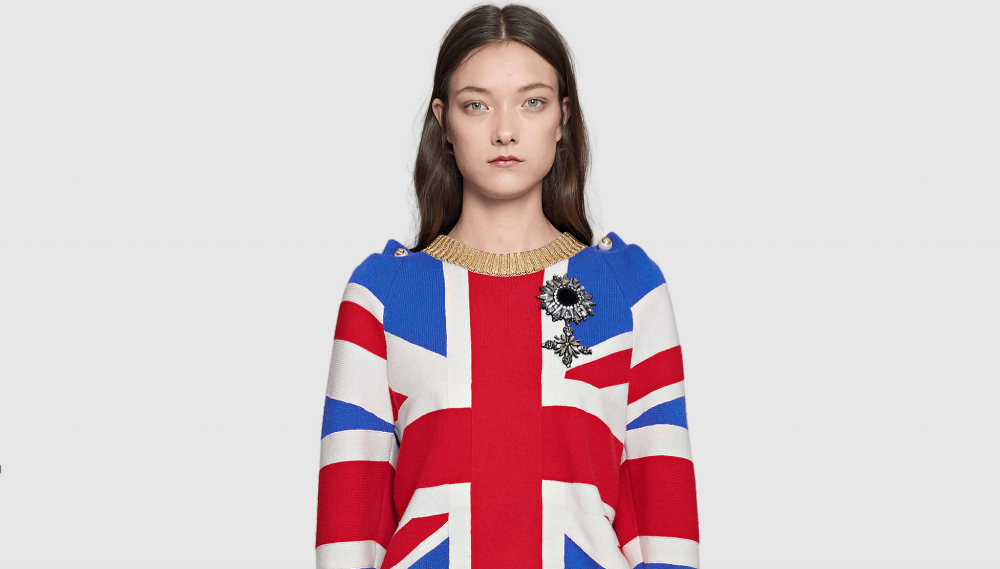Making clear that ads are ads. That is what two regulatory bodies in the United Kingdom want influencers, brands, and media companies, alike, to do, especially given the rapid growth within the $1 billion influencer marketing segment and the increasingly young age of the consumers being targeted by the type of marketing. Late last month, the Committee of Advertising Practice (“CAP”) and the Competition and Markets Authority (“CMA”) released an influencer-specific guide that aims to set out exactly what brands and influencers, alike, need to know. Key points are included below …
1. What counts as an ad?
Traditional advertising: The most obvious way to make something an ad is to pay for it to appear in ‘paid-for ad space’, which means space that is normally used for ads, e.g. banner ads, paid-for search results and the ‘sponsored/promoted’ posts on social media platforms.
Promotion your own brand: If you’re posting about your own products/services; e.g., products you sell and events you’re running etc., then this also counts as advertising – even on your own personal channels. The same goes for any prize draws or giveaways you do (these are ‘promotional marketing’ and you would be the ‘promoter’).
Affiliate marketing: When your content promotes particular products or services and contains a hyperlink or discount code that means you get paid for every ‘click- through’ or sale that can be tracked back to your content, this counts as advertising.
2. What about advertorials?
If you work with a brand to create some content that you’ll be posting on your own channels, it’ll qualify as an ad if: the brand “paid” you in some way, AND had some form of editorial “control” over the content, including final approval.
For advertorial purposes, products, gifts, services, trips, hotel stays, a loan of a product or service, etc. for free, this is all likely to qualify as a “payment.”
In terms of control, the CAP and CMA state that this could mean anything from a brand requiring “particular words, phrases, themes or ‘key messages’ you need to include, or the use of a particular hashtag” or image. Control could also be shown when a brand has “specified what needs to be in an image, required you to include a specific action in a video, or specified the type of content you need to create (e.g. ‘unboxing’ the featured product).”
Still yet, “if a brand reserves the right to check/approve the content before it’s posted and/or to ask you to change it, this could similarly count as control.” The CAP and CMA note that the brand does “not need to actually ask for changes.”
3. What if there is payment but no control?
With the aforementioned in mind, the bar for establishing that “control” exists is quite low. However, if control cannot be established but some form of compensation has been exchanged, the CMA still expects influencers to disclose when they’ve received any form of monetary payment, a loan of a product or service, any incentive and/or commission or have been given the product they’re posting about for free.
4. What is the proper way to disclose sponsored content?
Under the CAP Code ads “must be obviously identifiable as such.” This means that consumers should be able to recognize that something is an ad, without having to click or otherwise interact with it. Since it needs to be ‘obvious’, consumers shouldn’t have to work too hard to figure it out.
At the moment, the CAP and CMA state, “We know that the ASA likes labels that just say it how it is.” For example, Ad, Advert, Advertising, Advertisement, and/or Ad/Advertising/ Advertisement Feature.
Other labels, they state, “are riskier.” As such, the CAP and CMA “recommend staying away from” Sponsorship, Sponsored content, Spon, #Spon, #Sp, In association with, Thanks to [brand] for making this possible, abd Just @ mentioning the brand.
Much like the FTC’s guidelines, the CAP and CMA note that the “obvious” requirement for disclose “means that burying the [disclosure language or hashtag] in a sea of hashtags or putting it where it can only be seen by clicking ‘see more’ or clicking to view the full post, probably isn’t going to cut it. We recommend including it ‘at the beginning’ – which might mean in the title, thumbnail or on an image.”
5. Who is responsible for these disclosures?
Both the Influencer and the brand (or media company) are responsible for compliance.











